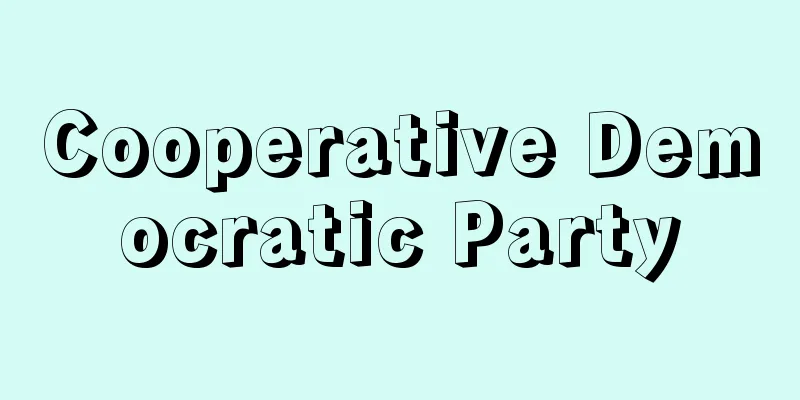Comprehensive agricultural policy

|
The policy was made public in 1970, and aimed to move away from the rice price policy, shifting the focus to livestock, fruit trees, vegetables, etc., and to develop agricultural policy from a comprehensive perspective. It was a new agricultural policy that was put forward on the premise of correcting the food control system, and its main objective was to promote agricultural policy based on the Basic Agricultural Law while implementing production adjustments as a measure against the rice surplus, and it consisted of the following four pillars. (1) Adjustment of rice supply and demand In order to eliminate the rice surplus, production adjustments were made at the level of 2.3 million tons for five years from 1971, and purchases of rice above the reservation limit were restricted. (2) Correction of price policy The policy price was determined based on the actual supply and demand, and measures such as a policy of keeping producer rice prices unchanged were taken. (3) Gradual elimination of restrictions on agricultural product imports The pretext was to foster full-time farmers by reducing the number of farm households and expanding the scale of farming. (4) Promotion of leaving agriculture Relaxation of conditions for farmland conversion, a preemptive purchase plan by the national and local governments, and promotion of the introduction of industry into rural areas. In addition, we will ensure a stable supply of comprehensive food, including rice, livestock products, vegetables, and fruit, and will comprehensively promote various policies such as production, structure, and price distribution, and will implement agricultural policies that cover a wide range of areas, not only production but also distribution and consumption. Source: Encyclopaedia Britannica Concise Encyclopedia About Encyclopaedia Britannica Concise Encyclopedia Information |
|
米価政策に偏重していた農業政策から脱皮して,畜産,果樹,野菜などへ重点を移し,総合的な見地から農政を展開しようというもので,1970年に公にされた。食糧管理制度の是正を前提として打出された新しい農政で,米の過剰対策としての生産調整を実施しながら農業基本法に基づく農政を推進することをおもな目的とし,次の4つの柱から成る。 (1) 米の需給調整 米の生産過剰を解消するため 71年から5ヵ年間 230万t水準の生産調整を行い,予約限度数以上の米の買入れを制限する。 (2) 価格政策の是正 需給の実勢によって政策価格を決め,生産者米価の据置き方針などの措置を講じる。 (3) 農産物輸入制限のなしくずし的撤廃 農家戸数の減少と規模拡大による専業農家の育成を名目としている。 (4) 離農の促進 農地転用条件の緩和,国や地方公共団体の先買い構想,農村地域への工業導入促進。このほか米をはじめ畜産物,野菜,果樹を合せて総合食糧の安定供給を,あるいは生産,構造,価格流通など各般の施策の総合的推進をはかったり,生産の場ばかりでなく流通,消費の場まで幅広く取上げて農政を展開する。
出典 ブリタニカ国際大百科事典 小項目事典ブリタニカ国際大百科事典 小項目事典について 情報 |
<<: Sogobunin (referee of the priesthood)
>>: Double hook ink - Soukotenboku
Recommend
Naga (English spelling)
A snake god formed from the indigenous Indian snak...
Wilson, J. (journalist)
…The world's oldest and most authoritative we...
Inscription - Meimon
〘Noun〙① = meibun (inscription) ※Chion-in Honjogu, ...
Quenching oil - Yakiireyu (English spelling)
Mineral oil for heat treatment such as quenching a...
Artificial nutrition
This refers to feeding an infant without breast m...
Count and Duke of Olivares (English spelling: Conde‐Duque de Olivares, Gaspar de Guzmán y Pimentel)
1587‐1645 A favorite of King Philip IV of Spain. H...
Annan Pottery - Annan Pottery
…In Japan, it is called “Annan ware” or “Annan ce...
Cynoglossus robustus (English spelling)
…They are found in the shallow seabeds of tempera...
Harou (English spelling) pá láo
A farming tool from ancient China. The rake is use...
Golden Carriage
...At Bazin's urging, he began writing for th...
Stone stick
A rod-shaped stone product made from the middle t...
Merrill, JO (English spelling) MerrillJO
...known for designing large commercial buildings...
Dumping syndrome
A series of symptoms that occur when food flows r...
Aobenkei - Aobenkei
...There are four other species of Crassulacean n...
Square - Heihou
The product of a number with itself is called the...









